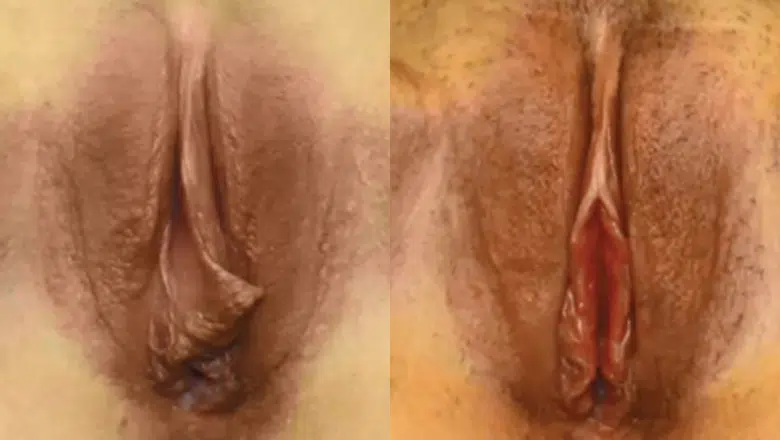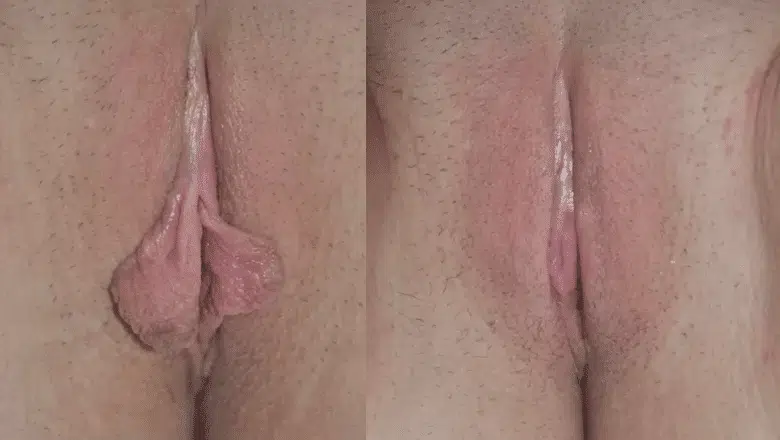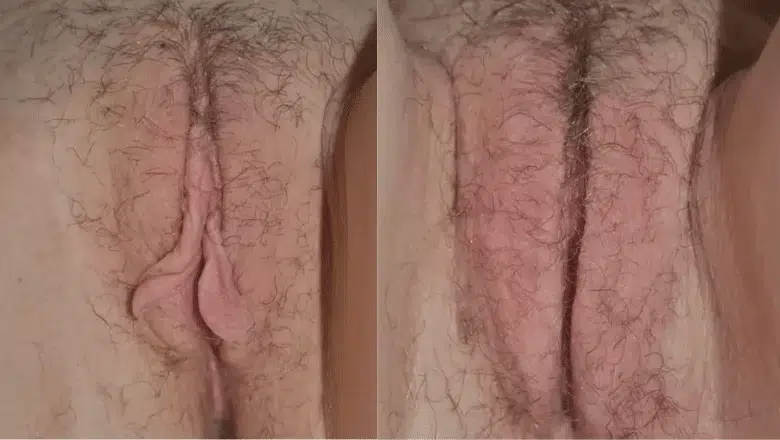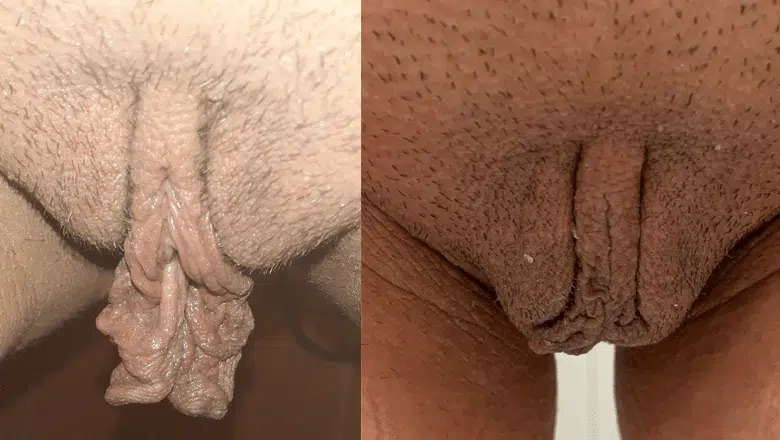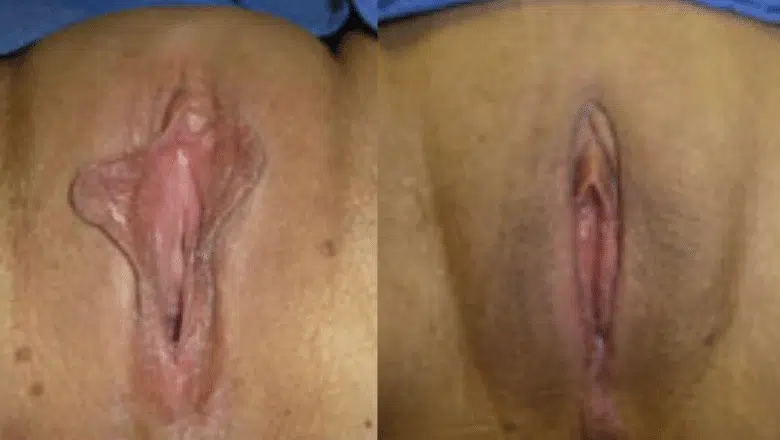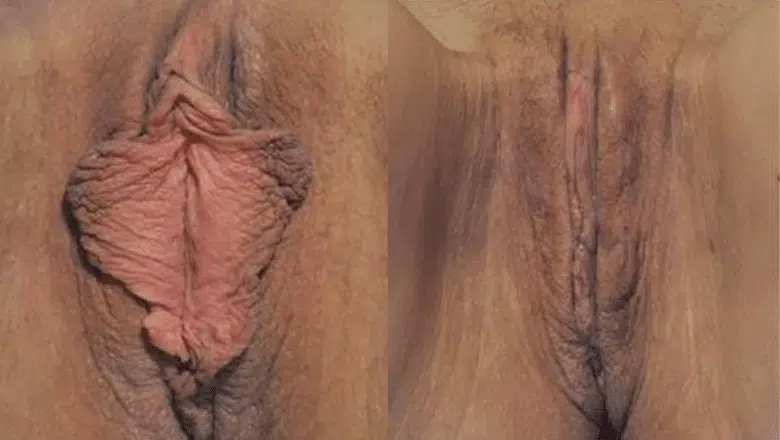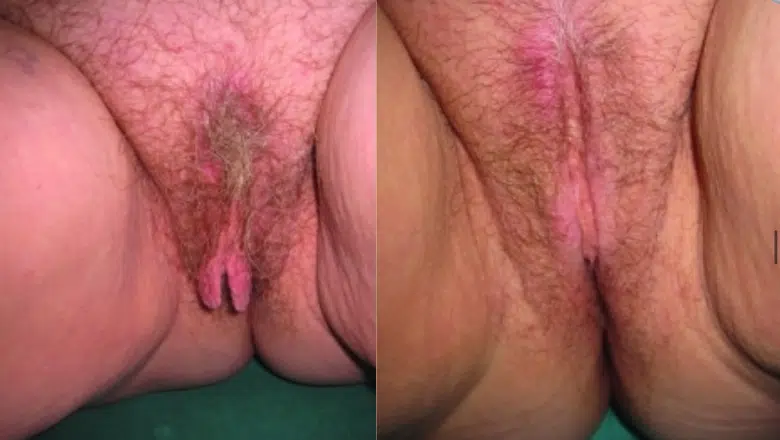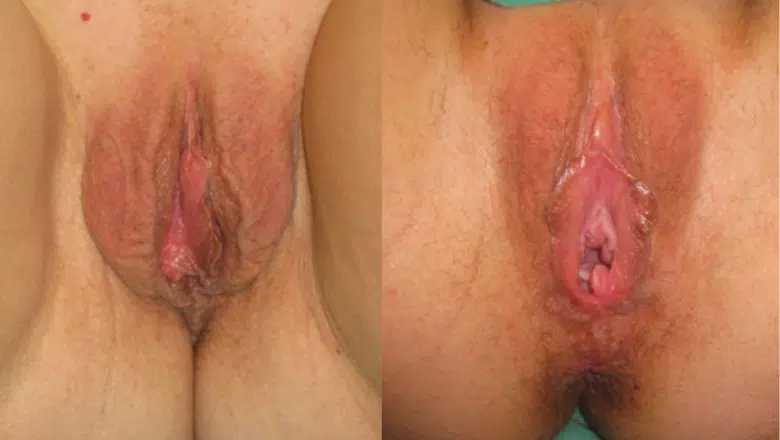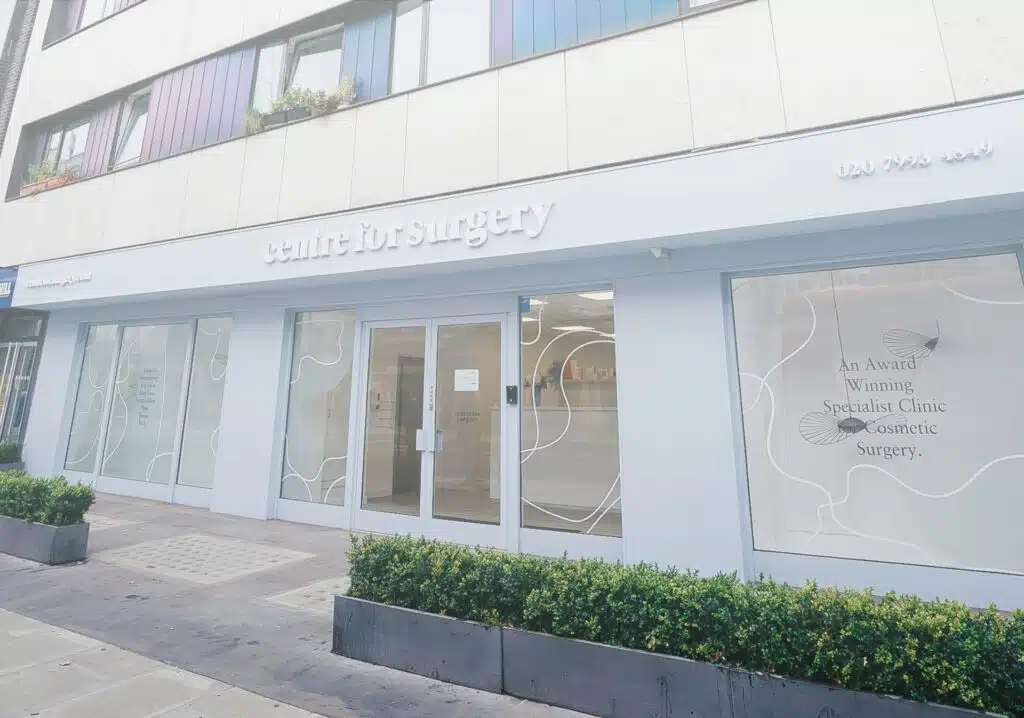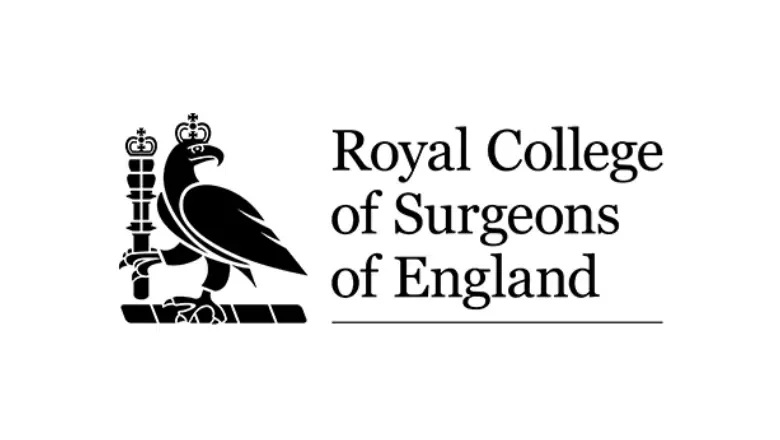If you’re not happy with how your labia looks, labiaplasty could be the answer to help you feel more self-assured and improve your sexual well-being. There are a variety of reasons why you might want to think about having this operation. Perhaps you’re looking to reshape the folds of skin around your vaginal opening for a neater look, or maybe you want to make adjustments to relieve discomfort or prevent irritation. Labiaplasty can help you achieve these goals.
The standard labiaplasty is usually done as a day-case procedure, which means you don’t have to stay overnight in the hospital. In this method, small cuts are made to get rid of any extra skin. Though surgical labiaplasty can offer very noticeable improvements, many people ask us if lasers or radiofrequency devices can be used to alter the appearance of their labia. So, does a non-surgical labiaplasty really exist? Read on to find out.
Non-Surgical Labiaplasty Versus Surgical Labiaplasty: What You Need to Know
When it comes to enhancing the size and overall appearance of the labia a traditional surgical labiaplasty is the most effective method for reducing the size of the labia.
Surgical Labiaplasty
Your surgeon will use a scalpel to make precise incisions in order to remove any extra tissue around the labia. This technique is proven and offers significant changes, but it involves a some recovery time.
RELATED: Labiaplasty FAQs – Q&A about Labia Reduction
Can You Have a Non-Surgical Labiaplasty?
Many women wonder whether there’s a way to reshape or reduce the labia without going through surgery. The idea of a quick, non-invasive treatment sounds appealing—especially if you’re nervous about undergoing a surgical procedure. You might have come across ads or websites promoting non-surgical labiaplasty techniques, suggesting that lasers or radiofrequency treatments can tighten, shrink or contour the labia. But here’s the honest truth: a genuine non-surgical labiaplasty doesn’t exist. These methods simply don’t achieve the same level of change or precision as surgery.
Non-surgical treatments might offer temporary tightening effects or some improvement in skin texture, particularly for the internal vaginal walls rather than the labia themselves. However, when it comes to actually reducing the size of the labia minora or correcting asymmetry, non-surgical options fall short. They cannot remove excess tissue or reshape the area in a meaningful way. Any claim suggesting otherwise is likely to be misleading or exaggerated.
Surgical labiaplasty remains the only reliable and effective way to change the size or shape of the labia. It allows for precise removal of unwanted tissue, improvement in symmetry, and overall enhancement of both comfort and appearance. Whether the concern is related to discomfort during physical activity or intimacy, or a matter of personal confidence, surgery is the approach that produces lasting, visible results.
It’s important to understand that labiaplasty is a safe and well-tolerated procedure when done by a skilled plastic surgeon. Techniques have improved significantly over the years, leading to faster recovery, minimal scarring and natural-looking outcomes. Most patients report a high level of satisfaction after their surgery, especially when their goals are clearly discussed beforehand.
So, while the idea of a non-surgical alternative may sound attractive, it’s not grounded in clinical evidence. If you’re seeking real change—whether for aesthetic reasons or physical comfort—surgical labiaplasty is the best and only truly effective option.
RELATED: Is Labiaplasty Painful?
Why Choose Centre for Surgery: Your Go-To Destination for Exceptional Cosmetic Treatments
At Centre for Surgery, we pride ourselves on being more than just a healthcare facility. We are your partners in achieving the aesthetic transformation you desire, backed by years of professional experience and cutting-edge techniques. From the moment you step into our clinic at 95-97 Baker Street in London, you’re treated with utmost respect, professionalism, and care.
Unmatched Expertise
Our team comprises board-certified surgeons who are specialists in their respective fields of plastic and cosmetic surgery. With a steadfast commitment to surgical excellence and patient safety, our doctors regularly participate in ongoing education to stay at the forefront of the ever-evolving world of aesthetic medicine.
Tailored Treatments
At Centre for Surgery, we believe that no two individuals are the same, and neither should their treatments be. After an in-depth consultation, we devise a bespoke treatment plan that is tailored to meet your specific needs and expectations.
Cutting-Edge Technology
Our state-of-the-art facility is equipped with the latest technology to ensure effective, safe, and minimally invasive procedures. We have the tools to provide exceptional results.
Patient Testimonials
Don’t just take our word for it; hear from our satisfied patients:
- Sophie H.: “My experience at Centre for Surgery was nothing short of amazing. The staff were incredibly welcoming, and the surgeon put me at ease throughout the entire process. I couldn’t be happier with the results.”
- David P.: “From my first consultation to my final follow-up, everything was first-class. The team at Centre for Surgery is truly dedicated to ensuring the best outcome for their patients. I couldn’t recommend them more highly.”
- Emily S.: “The advanced technology and professional staff made my procedure a breeze. Recovery was quick, and the results have boosted my confidence immensely.”
Easy Booking and Consultations
Making an appointment is as simple as it gets. You can call us at 0207 993 4849 or email us at contact@centreforsurgery.com to schedule a consultation with our experts.
More Information
Looking to deepen your understanding of the treatments we offer? Our Plastic Surgery Blog is filled with insightful articles, tips, and up-to-date research on cosmetic surgery.
Centre for Surgery is not just a medical facility; it’s a sanctuary where aesthetic dreams become reality. With our unparalleled expertise, cutting-edge technology, and patient-centric approach, you are in safe and skilled hands. Let us help you turn your aesthetic aspirations into tangible results. Book your consultation today!






